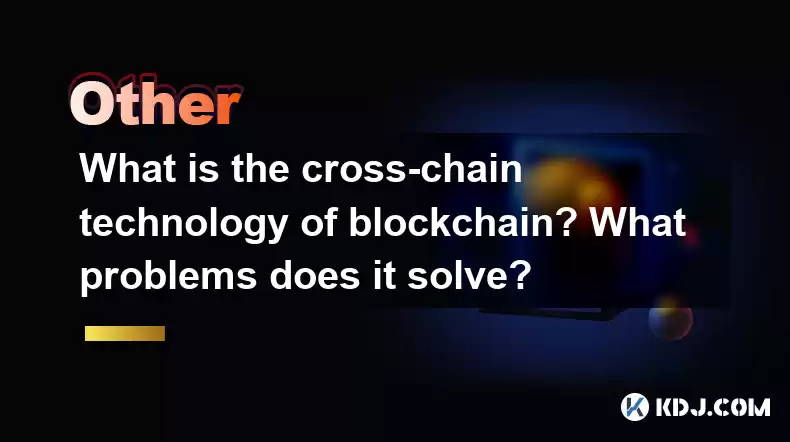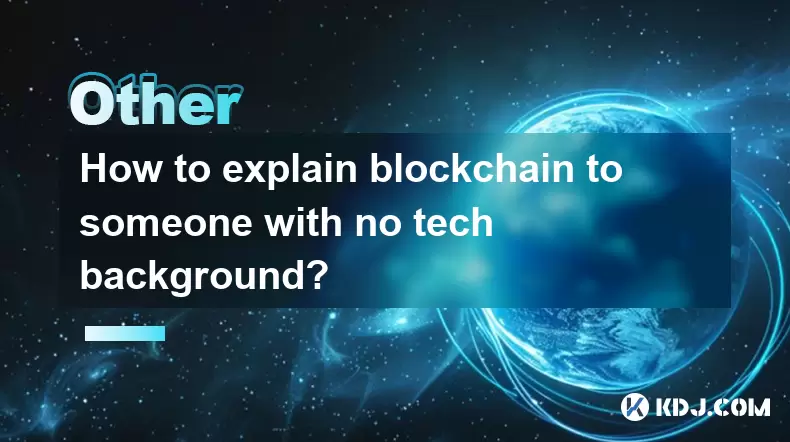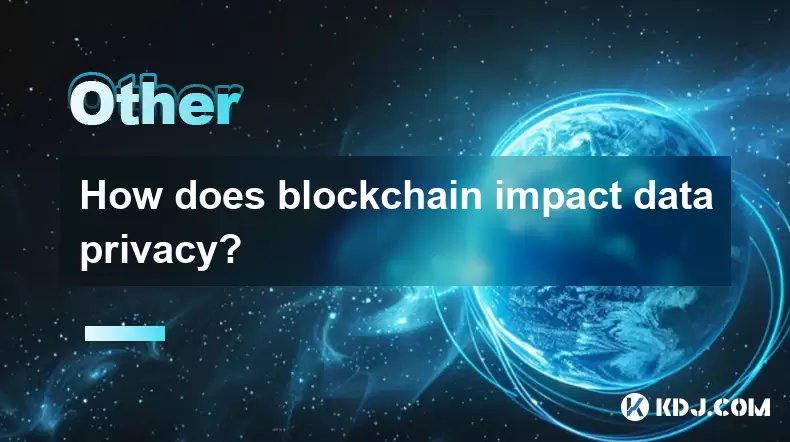-
 Bitcoin
Bitcoin $117600
0.81% -
 Ethereum
Ethereum $3740
2.85% -
 XRP
XRP $3.144
1.82% -
 Tether USDt
Tether USDt $1.000
-0.02% -
 BNB
BNB $783.9
2.87% -
 Solana
Solana $186.4
3.29% -
 USDC
USDC $0.0000
0.01% -
 Dogecoin
Dogecoin $0.2366
4.34% -
 TRON
TRON $0.3171
1.43% -
 Cardano
Cardano $0.8233
3.00% -
 Hyperliquid
Hyperliquid $44.24
6.38% -
 Sui
Sui $3.973
9.32% -
 Stellar
Stellar $0.4373
4.45% -
 Chainlink
Chainlink $18.36
4.93% -
 Hedera
Hedera $0.2662
12.25% -
 Bitcoin Cash
Bitcoin Cash $557.3
6.22% -
 Avalanche
Avalanche $24.05
3.14% -
 Litecoin
Litecoin $112.8
2.67% -
 UNUS SED LEO
UNUS SED LEO $8.994
0.20% -
 Shiba Inu
Shiba Inu $0.00001403
5.07% -
 Toncoin
Toncoin $3.211
4.17% -
 Ethena USDe
Ethena USDe $1.001
-0.02% -
 Uniswap
Uniswap $10.48
6.16% -
 Polkadot
Polkadot $4.110
4.03% -
 Monero
Monero $324.8
-1.64% -
 Dai
Dai $1.000
0.00% -
 Bitget Token
Bitget Token $4.571
0.92% -
 Pepe
Pepe $0.00001260
5.52% -
 Aave
Aave $297.3
4.47% -
 Cronos
Cronos $0.1321
4.62%
What is the cross-chain technology of blockchain? What problems does it solve?
Cross-chain tech enables seamless asset transfer and data sharing between blockchains, enhancing utility and efficiency in the blockchain ecosystem.
Mar 28, 2025 at 06:50 am

Understanding Cross-Chain Technology in Blockchain
Cross-chain technology refers to the ability of different blockchain networks to interact and exchange information or assets with each other. Imagine separate islands, each with its own unique currency and system. Cross-chain technology acts as a bridge, allowing these islands to trade and communicate freely. This is crucial because many blockchains operate independently, limiting interoperability. Without cross-chain technology, transferring assets between different blockchains is often impossible or extremely complex.
Problems Solved by Cross-Chain Technology
The lack of interoperability between different blockchain networks presents several significant challenges. Cross-chain technology addresses these by facilitating seamless asset transfer and data sharing. This enhances the overall utility and efficiency of the blockchain ecosystem.
Limited Interoperability: Different blockchains often use different consensus mechanisms, programming languages, and security protocols. This makes direct communication and asset transfer extremely difficult. Cross-chain bridges overcome this limitation.
Fragmented Ecosystem: The absence of interoperability leads to a fragmented blockchain ecosystem. This limits the potential for growth and innovation, as projects are often confined to their respective networks. Cross-chain solutions help unify this fragmented landscape.
Inefficient Asset Transfer: Moving assets between different blockchains can be slow, expensive, and complex. Cross-chain technology offers faster, cheaper, and more efficient transfer methods. It streamlines the process considerably.
Lack of Scalability: Individual blockchains may face scalability issues, limiting their transaction throughput. Cross-chain technology can help alleviate this by distributing the workload across multiple networks.
How Cross-Chain Technology Works: A Deep Dive
Several different approaches exist for achieving cross-chain communication. Each method has its own strengths and weaknesses concerning security, speed, and complexity. Here are some common techniques:
Atomic Swaps: This method uses cryptographic techniques to enable the direct exchange of assets between two blockchains without the need for a third-party intermediary. This ensures a high level of security and decentralization. However, it's often limited to specific types of assets and can be complex to implement.
Hash Time-Locked Contracts (HTLCs): HTLCs are smart contracts that allow for conditional payments across different blockchains. They ensure that funds are only released if certain conditions are met, providing a level of security and trust. This is a widely used approach for cross-chain transactions.
Sidechains: A sidechain is a separate blockchain that is pegged to a mainchain. Assets can be transferred between the mainchain and the sidechain, providing scalability and enhanced functionality. However, the security of the sidechain is dependent on the security of the mainchain.
Relays: Relays act as intermediaries between different blockchains, facilitating communication and asset transfers. They can be more efficient than other methods, but introduce a degree of centralization and trust in the relay operator.
Bridges: Bridges are similar to relays, but often involve more sophisticated mechanisms for ensuring security and trust. They can handle more complex cross-chain interactions, but may still rely on centralized components.
Security Considerations in Cross-Chain Technology
Security is paramount in cross-chain technology. Vulnerabilities in any part of the system can lead to significant losses. Careful consideration must be given to the security of smart contracts, cryptographic algorithms, and the overall architecture of the cross-chain solution. Regular audits and security assessments are crucial. The reliance on third-party intermediaries in some solutions also raises concerns about centralization and potential points of failure.
The Future of Cross-Chain Technology
Cross-chain technology is still evolving, with ongoing research and development focused on improving security, scalability, and interoperability. The future likely holds more sophisticated and efficient cross-chain solutions that enable seamless interaction between diverse blockchain networks. This will contribute to a more integrated and interconnected blockchain ecosystem.
Frequently Asked Questions
Q: What are the benefits of cross-chain technology?
A: Cross-chain technology offers numerous benefits, including increased interoperability, improved asset transfer efficiency, enhanced scalability, and a more unified blockchain ecosystem.
Q: What are the risks associated with cross-chain technology?
A: The risks include security vulnerabilities, potential for centralization in some solutions, and complexity in implementation.
Q: How secure is cross-chain technology?
A: The security of cross-chain technology varies depending on the specific implementation. Some methods, like atomic swaps, offer high security, while others rely on centralized intermediaries, which introduce potential vulnerabilities.
Q: What are some examples of cross-chain projects?
A: Numerous projects are exploring cross-chain technology, including Cosmos, Polkadot, and various bridge protocols built on Ethereum. These projects use different approaches to achieve cross-chain interoperability.
Q: Will cross-chain technology replace individual blockchains?
A: It's unlikely that cross-chain technology will replace individual blockchains entirely. Instead, it's more likely to facilitate greater interoperability and collaboration between different blockchain networks. Each blockchain will likely retain its unique characteristics and functionality.
Q: How does cross-chain technology impact DeFi?
A: Cross-chain technology is crucial for the growth of Decentralized Finance (DeFi). It enables the creation of cross-chain DeFi applications and allows users to easily move assets between different DeFi platforms. This enhances liquidity and opens up new opportunities for innovation within the DeFi space.
Disclaimer:info@kdj.com
The information provided is not trading advice. kdj.com does not assume any responsibility for any investments made based on the information provided in this article. Cryptocurrencies are highly volatile and it is highly recommended that you invest with caution after thorough research!
If you believe that the content used on this website infringes your copyright, please contact us immediately (info@kdj.com) and we will delete it promptly.
- VIRTUAL Weekly Drop: Recovery Analysis and Privacy Push
- 2025-07-26 08:50:11
- Bitcoin, Cynthia Lummis, and Freedom Money: A New Yorker's Take
- 2025-07-26 08:30:11
- Crypto Gainers, Top 10, Week 30: Altcoins Buck the Trend
- 2025-07-26 08:55:12
- Solana, Altcoins, and Coinbase: What's the Buzz?
- 2025-07-26 06:30:12
- XRP in 2025: Bull Run or Bust?
- 2025-07-26 07:30:12
- Ruvi AI Presale Heats Up: Early Investors Eyeing Big Gains
- 2025-07-26 09:10:13
Related knowledge

What is a token on the blockchain?
Jul 21,2025 at 07:00am
Understanding the Concept of a TokenIn the realm of blockchain technology, a token is a digital representation of an asset or utility that exists on a...

Can blockchain be used for identity verification?
Jul 18,2025 at 02:14pm
Understanding Identity Verification in the Digital AgeIn the modern digital landscape, identity verification has become a critical component for ensur...

What is a consensus mechanism in blockchain?
Jul 21,2025 at 03:01am
Understanding the Basics of Consensus MechanismsA consensus mechanism is a critical component of any blockchain network. It refers to the process by w...

How to explain blockchain to someone with no tech background?
Jul 18,2025 at 11:08pm
Understanding the Basics of BlockchainTo explain blockchain to someone with no tech background, it's essential to start with simple analogies and avoi...

Who invented blockchain technology?
Jul 23,2025 at 01:28am
Origins of Blockchain TechnologyBlockchain technology did not emerge from a single inventor or institution. Instead, it evolved through a series of ac...

How does blockchain impact data privacy?
Jul 21,2025 at 02:21pm
Understanding the Role of Blockchain in Data PrivacyBlockchain technology, originally developed as the underlying infrastructure for cryptocurrencies ...

What is a token on the blockchain?
Jul 21,2025 at 07:00am
Understanding the Concept of a TokenIn the realm of blockchain technology, a token is a digital representation of an asset or utility that exists on a...

Can blockchain be used for identity verification?
Jul 18,2025 at 02:14pm
Understanding Identity Verification in the Digital AgeIn the modern digital landscape, identity verification has become a critical component for ensur...

What is a consensus mechanism in blockchain?
Jul 21,2025 at 03:01am
Understanding the Basics of Consensus MechanismsA consensus mechanism is a critical component of any blockchain network. It refers to the process by w...

How to explain blockchain to someone with no tech background?
Jul 18,2025 at 11:08pm
Understanding the Basics of BlockchainTo explain blockchain to someone with no tech background, it's essential to start with simple analogies and avoi...

Who invented blockchain technology?
Jul 23,2025 at 01:28am
Origins of Blockchain TechnologyBlockchain technology did not emerge from a single inventor or institution. Instead, it evolved through a series of ac...

How does blockchain impact data privacy?
Jul 21,2025 at 02:21pm
Understanding the Role of Blockchain in Data PrivacyBlockchain technology, originally developed as the underlying infrastructure for cryptocurrencies ...
See all articles

























































































